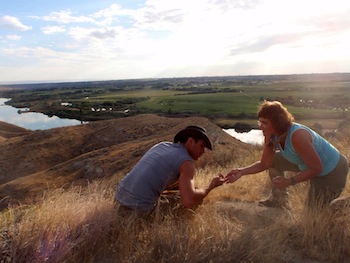This summer graduate students and faculty of the Zoology Department have been conducting research on a wide variety of topics and animals. Please find below some impressions of our accomplishments.
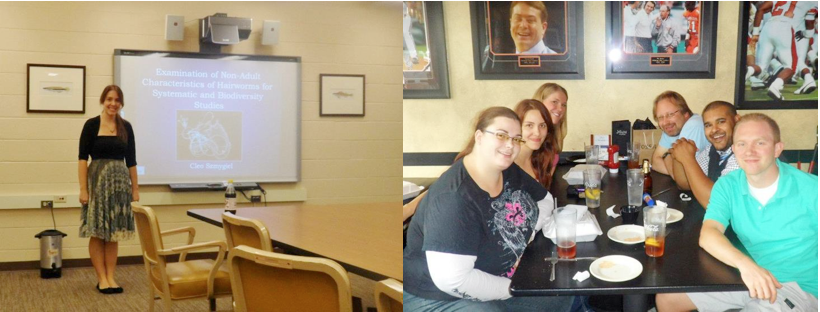 |
|
As usual it was a busy summer in the Bolek parasitology laboratory. These are some of the activities that occurred. Mr. Suhail Vhora and Ms. Cleo Szmygiel graduated with their MS degrees in May 2012! Congratulations! |
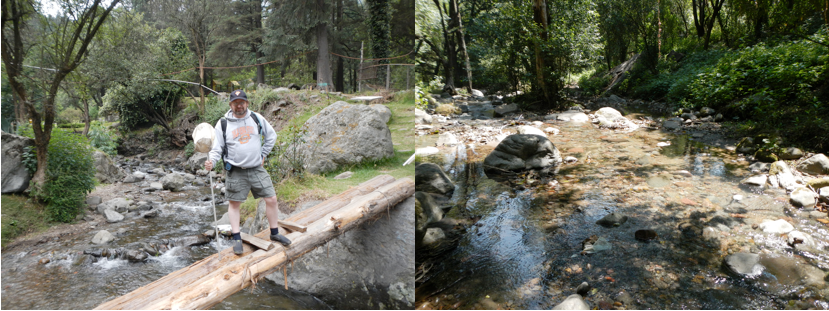 |
|
Matt Bolek spent two weeks collecting hairworms in Mexico as part of their current NSF proposal on the biodiversity of hairworms in the New World. Matt was hosted in Mexico by Dr. Gerardo Pérez-Ponce de Leon's lab from UNAM, and the help of Dr. Agustín Jiménez from Southern Illinois University. |
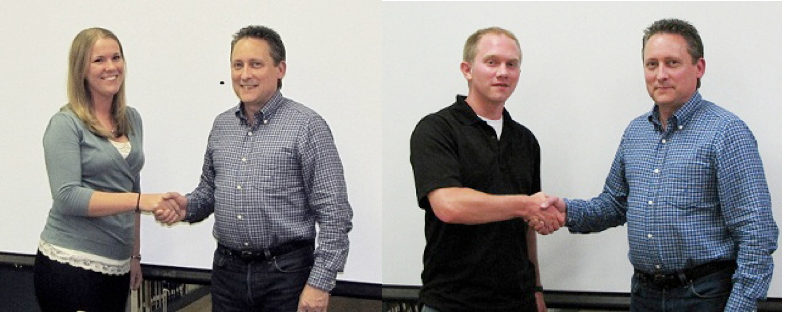 |
|
Graduate students from the Bolek lab Kyle Gustafson, Heather Stigge, Crystal Wiles, Suhail Vhora and Cleo Szmygiel and Matt present their research at the Southwester Association of Parasitologists (SWAP), the Annual Midwestern Conference of Parasitologists (AMCOP) and the American Society of Parasitologists (ASP). Heather Stigge received the Becker Award from SWAP, George R. LaRue Award from AMCOP and the Honorable Mention from the ASP for her talk on site fidelity of hemiurid flukes in anurans. Additionally, Kyle, Heather and Cleo received research grants and travel grants from SWAP, AMCOP and ASP. |
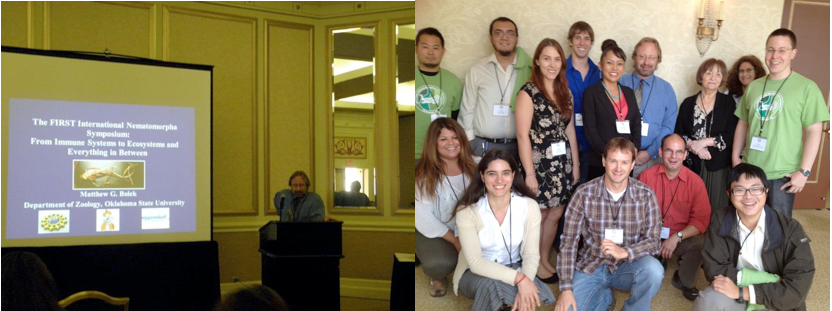 |
|
Bolek and Ben Hanelt from the University of New Mexico organized the first International Nematomorpha Symposium “From Immune Systems to Ecosystems and Everything in Between” in conjunction with the 87th Annual Meeting of the American Society of Parasitologists (ASP) at the Omni Richmond Hotel in Richmond Virginia. At this meeting a total of 17 presentations were made involving hairworms (14 oral presentations and 3 poster presentations). The symposium involved hairworm experts from: The United States of America, Germany, Japan, Taiwan, Argentina, and Georgia. |
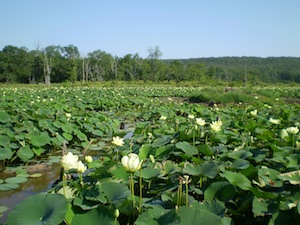 |
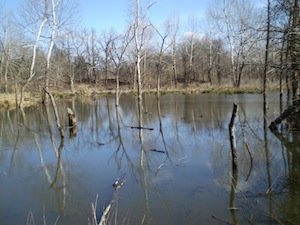 |
| Josh Crane (MS student) and Jason Bried (PhD student) along with botanist Dr. Suneeti Jog (plus several short-term field techs) spent much of the summer on the hunt for some of the best-quality wetlands in Oklahoma. Their mission was to gather baseline ecological and conservation data on this relatively ignored natural resource, one that is often at odds with economic development and major industries (oil, agriculture). In addition to providing lots of travel and a great workout, the project exposed some of Oklahoma's hidden treasures in beautiful settings. |
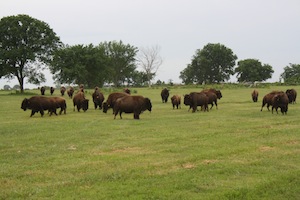 |
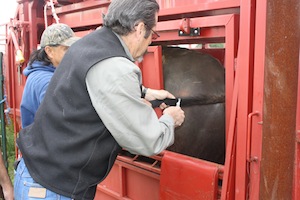 |
|
The Van Den Bussche lab collected wing punches from 60 Ozark big-eared bats for Dana Lee’s dissertation. They also started a project working with the Iowa Tribe in Perkins (OK) to identify if there was any cattle ancestry in their bison heard. |
|
|
|
In June, George Smith Prounis (PhD student in the Ophir lab) attended the Society for Behavioral Neuroendocrinology meeting in Madison, WI. George gained invaluable experience interacting with some of the nation’s top neuroethologists. George presented his research on the neurodevelopment of oxytocin and vasopressin receptors in female prairie voles (Microtus ochrogaster). |
|
|
|
David Levering spent three months working for the National Park Service at Hagerman Fossil Beds National Monument in Hagerman, Idaho. As a member of the Paleontology Crew, he collected, identified, and helped curate fossil material found on the monument. Some highlights include river otter, giant ground sloth, sabertooth cat, bone-crushing dog, a giant weasel, peccary, eagle, swan, songbird, antelope, horse, turtle, beaver, shrew, frog, and llama fossil material! The carnivore fauna of Hagerman Fossil Beds is remarkably robust, both in diversity, and in the amount of material preserved in the fossil record (carnivore fossils tend to be very rare). Along with colleagues from the monument, David is currently planning a paleoecological assessment of this carnivore fauna, in order to better understand its relevance to modern ecosystems, as well as differences in community structuring. He also taught one hour public outreach lessons on vertebrate anatomy, vertebrate phylogenetics, and fossil excavation techniques during our annual Junior Ranger Paleontology Camp, which aims at educating k-8 students in how paleontology at the monument works, as well as its scientific value. |
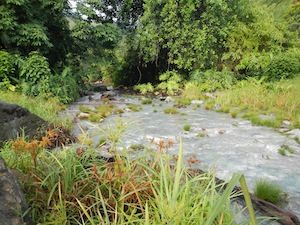 |
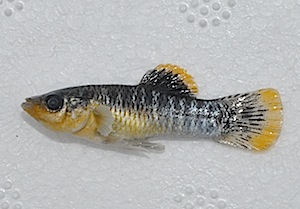 |
|
Part of the Tobler lab, along with researchers from Mississippi and Mexico, spent a month in Tabasco investigating fish inhabiting toxic, hydrogen sulfide rich springs for an NSF funded project. One of this year’s highlights was the rediscovery of Poecilia thermalis, a small fish species that has not been collected since its first discovery in 1848. The species inhabits a toxic springs and shows very distinct features. |
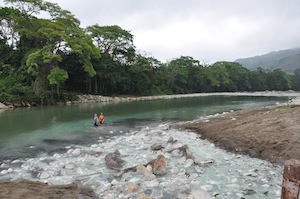 |
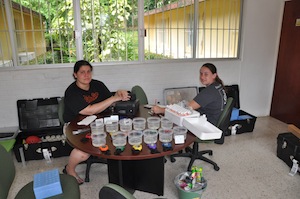 |
|
In Mexico, PhD students Danielle Alba and Courtney Passow collected data for their theses. Danielle measured excretion of mollies from different habitat types and collected samples for stoichiometric analyses for her work on evo-eco feedbacks. Courtney quantified metabolic rates of wild-caught fish and sampled tissues for genomic analyses for her work on speciation genetics. |
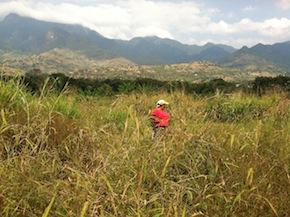 |
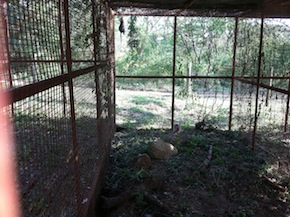 |
|
Dr. Danielle Lee (Postdoc in Ophir Lab) conducted field work in Morogoro Tanzania form July through September. She has been studying the natural behavior and social organization of giant African pouched rats (Cricetomys gambianus). |
 |
|
PhD student Jared Goos spent the summer at the University of Oklahoma Biological Station (UOBS) on Lake Texoma conducting several experiments using Hyalella amphipods as part of his doctoral dissertation. He was supported by a UOBS summer fellowship. |
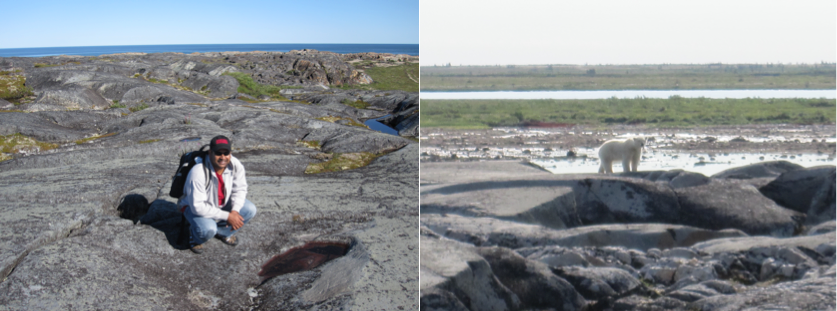 |
|
Puni Jeyasingh spent time in Churchill, Manitoba with colleagues from the University of Oklahoma and University of Oslo conducting experiments on subarctic Daphnia inhabiting rock bluffs abutting Hudson Bay. |
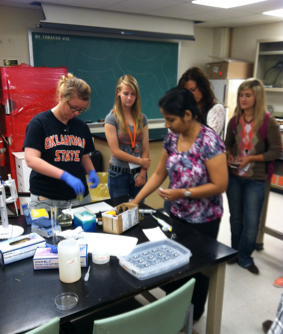 |
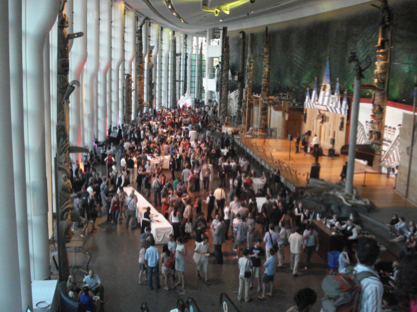 |
|
Rosa Yorks, an undergraduate research assistant held down the fort in Stillwater, while completing several experiments on Sooner Lake Daphnia. She also guided Nicole Biddinger, a high-school intern in conducting temperature tolerance experiments on ancient and extant Daphnia genotypes.
|
Priya Roy Chowdhury presented her results from one of her doctoral dissertation chapters at the First Joint Congress on Evolutionary Biology (Evolution 2012) in Ottawa, Ontario. |
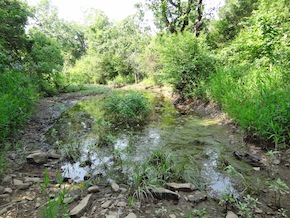 |
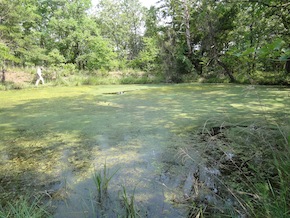 |
|
Graduate student Brent Fetting (and a research technician) spent May, June, and July in the Ouachita National Forest located in southeast Oklahoma. He conducted a catalog survey of amphibians in natural wetlands and man-made ponds in the forest, and was specifically interested in determining the amphibian composition in the forest. Brent aims to determine the usefulness of man-made (constructed) ponds as amphibian breeding habitat; how similar is richness between natural and man-made wetlands? do natural and man-made wetlands harbor different, unique species? do certain habitat characteristics influence the presence of certain species, and if so what species have an affinity for a given characteristic? The project is sponsored by the US Forest Service, and when he finishes collecting data next summer, he will have valuable information to help determine future management strategies for maintaining and improving wetland habitat and amphibian populations in the Ouachita National Forest and the state of Oklahoma. This information is invaluable as amphibian populations continue to decline worldwide, partly in response to the loss of critical breeding habitats (i.e, wetlands). |
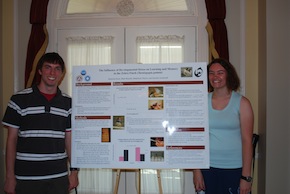 |
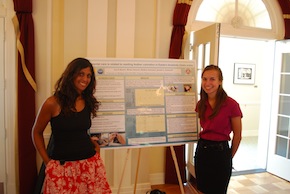 |
|
Two undergraduate student researchers, Lisa Barrett from the University of Michigan and Katerina Faust from Colby College, joined the Grindstaff lab for the summer as part of the OSU REU program "Biological Basis of Human and Animal Behavior". Lisa was mentored by graduate student Medhavi Ambardar and Katerina was mentored by graduate student Matt Waselik. The REU students presented the results of their research at the end of summer research symposium on the OSU campus. |


